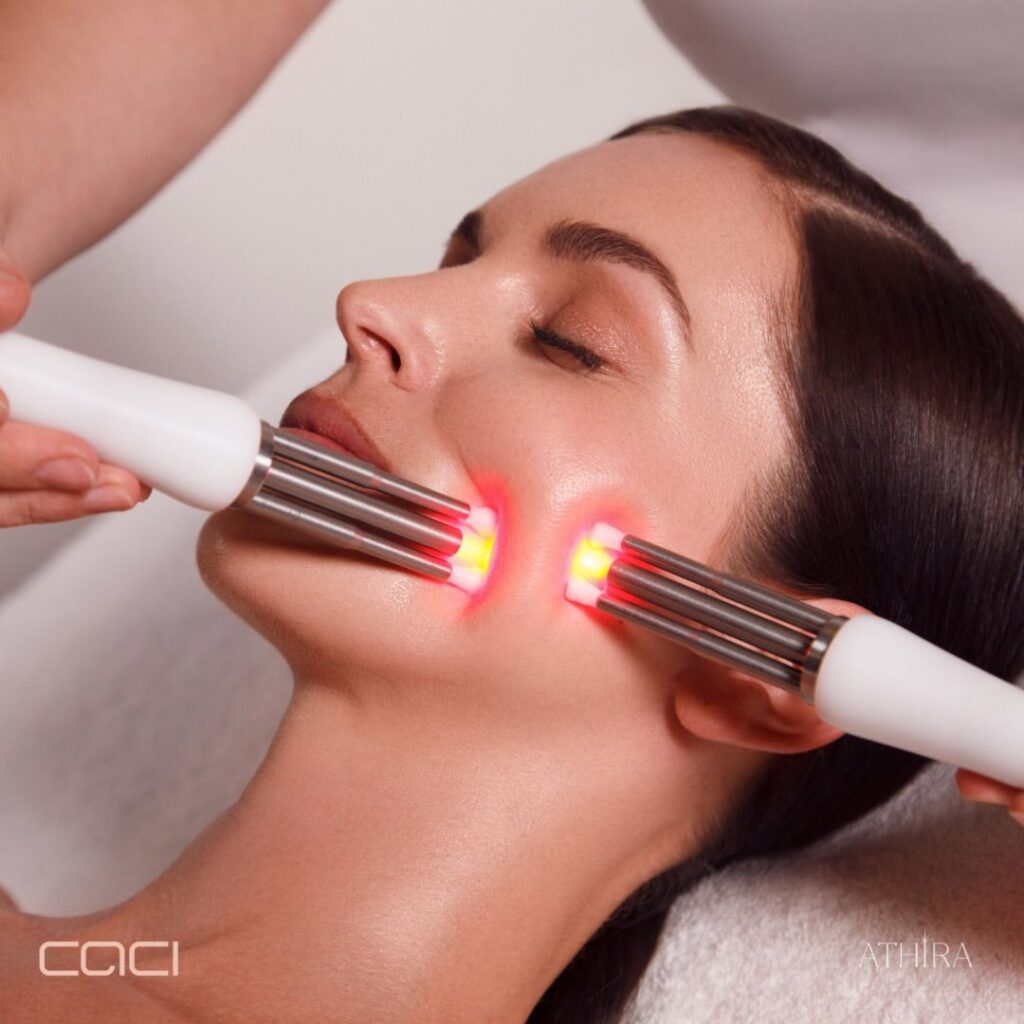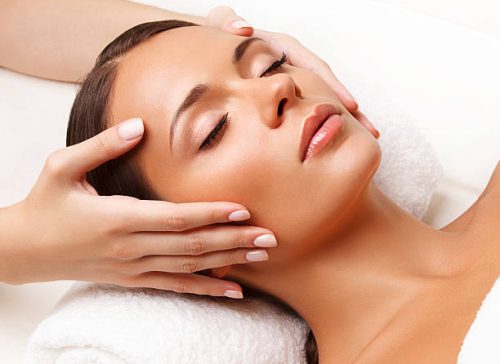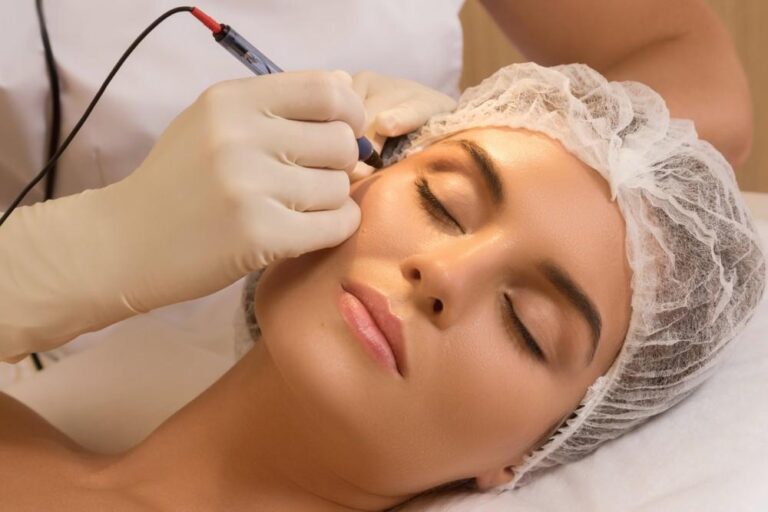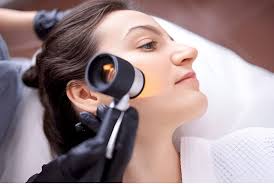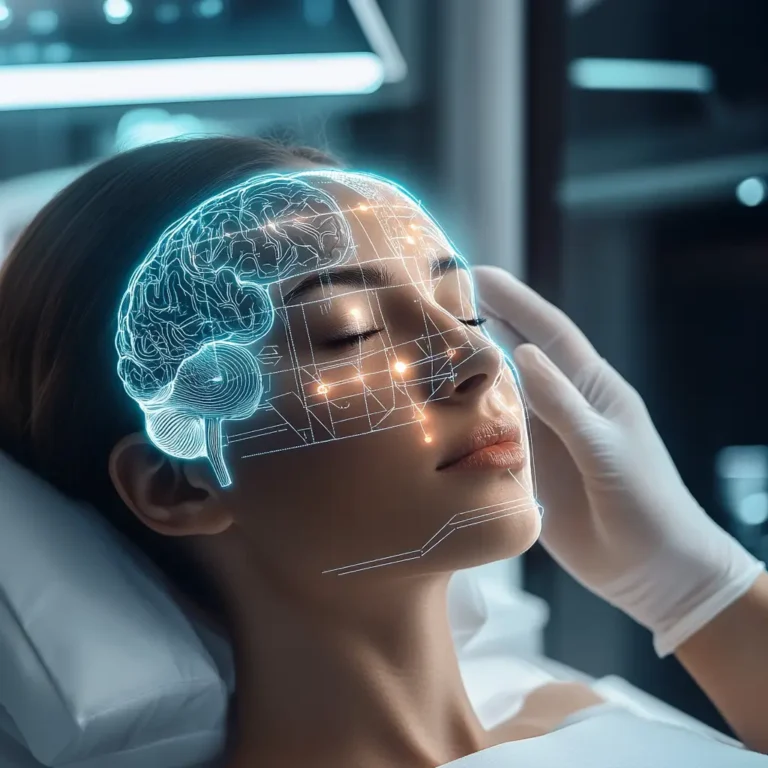How Facials Can Transform Your Skin Health
Regularly scheduled facials are a popular way to maintain skin appearance and health. These treatments, performed by licensed estheticians, involve a multi-step process designed to cleanse, nourish, and rejuvenate the skin. Understanding the components of a facial can help you recognize how they contribute to a brighter, more even complexion. The process is tailored to individual skin types and goals, offering a personalized approach to skincare.
How Do Facials Improve Circulation?
Many professional facials include facial massage. The techniques used during this part of the treatment stimulates blood flow to the skin’s surface. This increased circulation delivers more oxygen and nutrients to the skin cells. Better delivery of these elements supports the skin’s natural processes.
This stimulation can also assist in removing cellular waste products. A consistent routine that includes massage may contribute to a more vibrant and healthy-looking appearance over time. The gentle pressure and specific movements are designed to work with the body’s circulatory system to promote a natural glow from within.
What Ingredients Benefit Skin Most?
The products used during facials contain specific ingredients chosen for their properties. An esthetician selects serums, masks, and moisturizers based on your unique skin needs, whether it’s dryness, oiliness, or uneven tone. These professional-grade formulations are designed to deliver noticeable results.
- Hyaluronic Acid: This substance helps the skin retain moisture. It can plump the skin, reducing the appearance of fine lines and giving it a smoother texture.
- Vitamin C: Known for its antioxidant properties, Vitamin C helps brighten the skin. It can address uneven skin tone and support the skin’s defense against environmental stressors.
- Retinoids: A class of compounds derived from Vitamin A, retinoids promote cell turnover. This action helps to unclog pores and refine the skin’s surface for a clearer look.
- Peptides: These are amino acids that are the building blocks of certain proteins. When applied topically, they can support the skin’s firmness and texture.
The careful selection and application of these ingredients allow for a targeted approach to skincare. The products work together throughout the facial to cleanse, treat, and hydrate, leaving your skin feeling refreshed and looking its best.
What Role Does Exfoliation Play?
Exfoliation is a key step in almost all facials. The process involves removing the outermost layer of dead skin cells from the skin’s surface. This may be accomplished through physical methods, such as scrubbing with fine particles, or chemical methods that use acids or enzymes to dissolve the cells.
Removing this layer of dead cells reveals the newer, more radiant skin underneath. It helps to unclog pores, which can reduce the occurrence of blemishes. Regular exfoliation contributes to a smoother texture and a more even skin tone. This step also allows for better absorption of other skincare products, making them more effective.
Book an Appointment
Incorporating professional facials into your skincare routine can significantly support your skin’s overall health and appearance. The combination of deep cleansing, targeted ingredients, and professional techniques offers benefits that are difficult to achieve at home. A consistent treatment schedule helps maintain results and address specific skin concerns as they arise. Ready to discover how a facial might benefit your skin? A licensed esthetician can assess your skin type and recommend a tailored treatment plan to guide you toward a healthy, radiant complexion.

